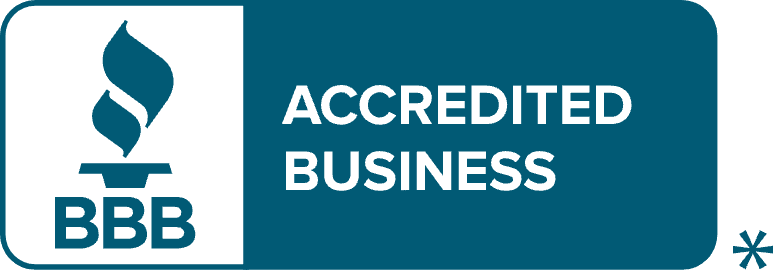Why Family Offices Should Consider Investing Through Self-Directed IRAs
May 20, 2024
High-net-worth families can build multi-generational wealth through the alternative assets allowed through self-direction One of the prime activities of family offices—the...
What are Self-Directed Retirement Plan Administrators and Custodians? Both professional roles are involved in retirement plans in different ways.
January 22, 2024
Anyone with a retirement plan—whether through their workplace, a brokerage or other financial institution, or as the owner of a self-directed IRA—has important...
Self-directed Retirement Plans For Business Owners and the Self-Employed
December 7, 2023
Business owners and self-employed taxpayers have several options in terms of retirement plans. And best of all, they can self-direct these plans if they wish to include...
Celebrating the Women of Next Generation
March 2, 2023
March is National Women’s History Month. This annual observance has been recognized formally in the U.S. since 1987. At Next Generation, we have some of our own...



